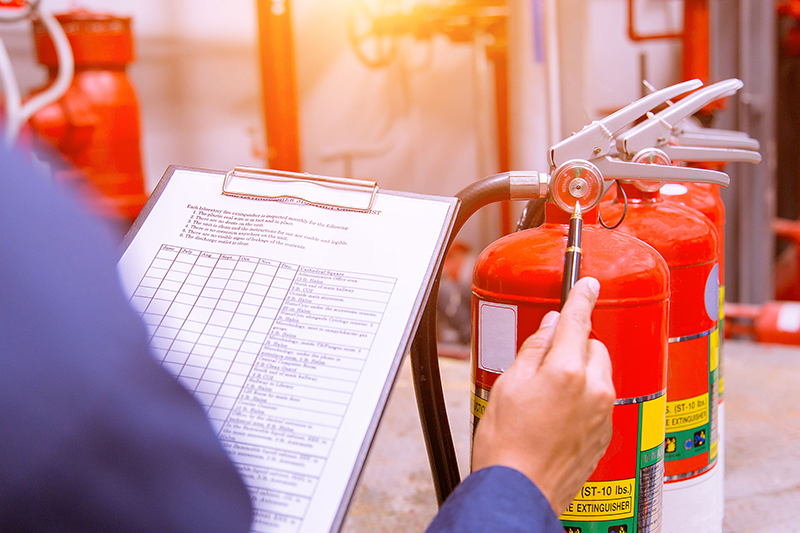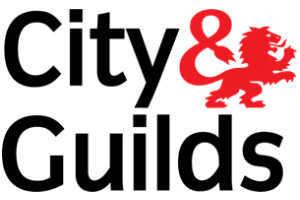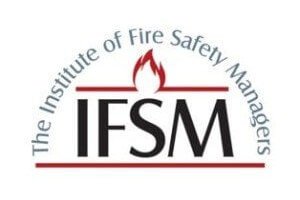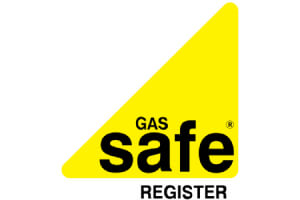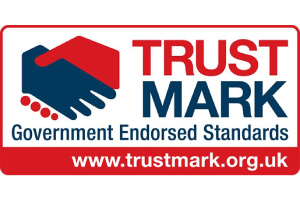FRA Studio Apartment £74*Communal Area £129.99*1-3 Bedrooms £139.99*4-5 Bedrooms £179.99*6 Bedrooms £189.99*
FRA Communal Area £74*1-3 Bedrooms £110*4 Bedrooms £120*5 Bedrooms £130*
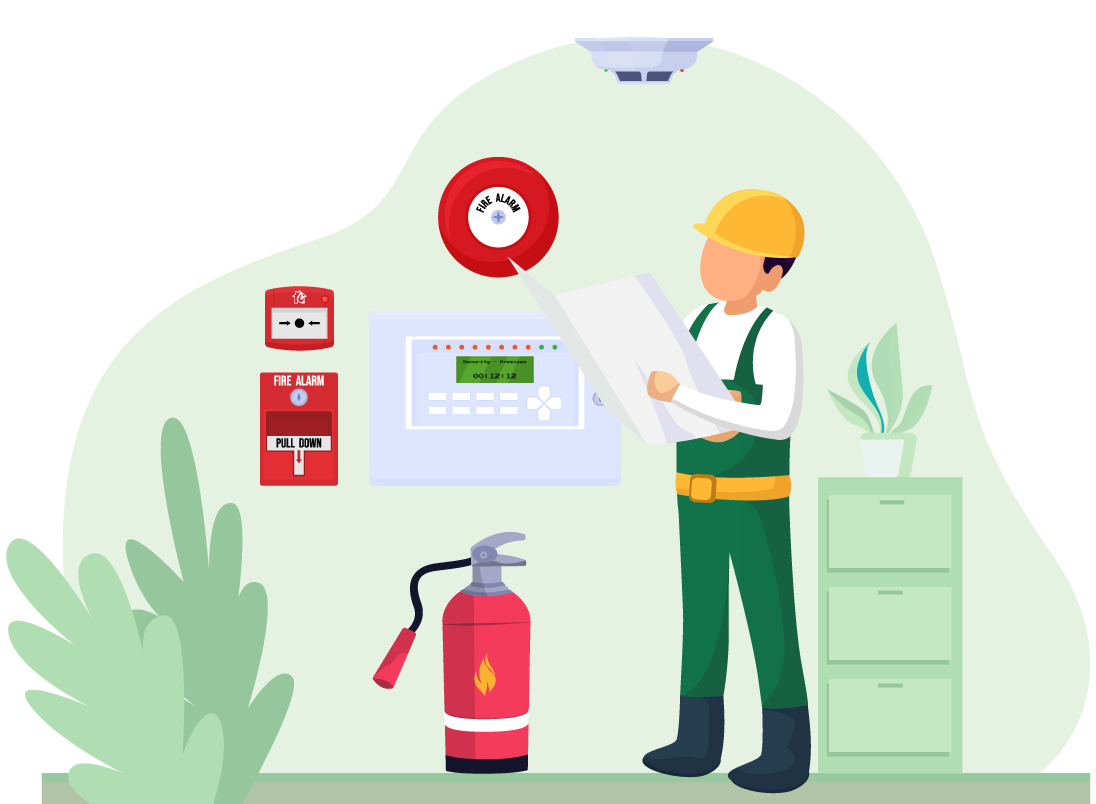
Fire Risk Assessment
Start from £74
All inclusive (No hidden Cost)
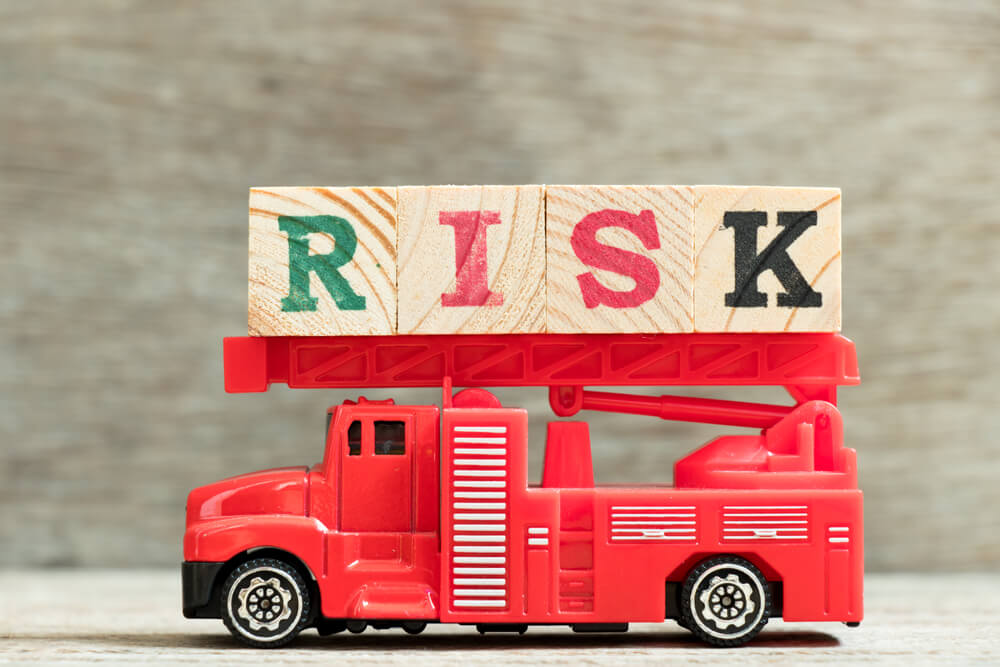
What is Fire Risk Assessment?
A fire risk assessment is a comprehensive process that assesses the potential fire hazards and risks in a given space. It is typically carried out by fire safety professionals, but can also be done by anyone with knowledge and training. The goal of a fire risk assessment is to identify any potential fire hazards and risks, and to develop a plan to mitigate or eliminate them.
A Fire Risk Assessment (FRA) in the UK is a systematic and comprehensive evaluation of a premises’ potential fire hazards, the risks associated with those hazards, and the measures in place to mitigate or control those risks. The purpose of a Fire Risk Assessment is to ensure the safety of occupants and visitors within a building and to minimize the risk of fire-related incidents.
The Regulatory Reform (Fire Safety) Order 2005 in the UK mandates that a Fire Risk Assessment be conducted for most domestic and non-domestic premises.
Fire Risk Assessment
Fire risk assessment is a critical aspect of ensuring the safety of individuals and protecting property from the devastating consequences of fires. A comprehensive and systematic evaluation of potential fire hazards, coupled with the implementation of preventive measures, plays a pivotal role in minimizing the risks associated with fire incidents. This article delves into the importance of fire risk assessment, the key components involved, and the steps organizations and individuals can take to enhance fire safety.
Understanding Fire Risk Assessment:
Fire risk assessment is a structured process that involves identifying potential fire hazards, evaluating the risks associated with these hazards, and implementing measures to mitigate or eliminate these risks. The goal is to create a safe environment by preventing fires or minimizing their impact if they occur. This proactive approach is essential for protecting lives, property, and the continuity of operations.
Key Components of Fire Risk Assessment:
-
Identification of Fire Hazards:
The first step in a fire risk assessment is identifying potential fire hazards within a given environment. These hazards can include faulty electrical systems, flammable materials, heating equipment, and more. Thoroughly examining the premises helps to create a comprehensive list of potential risks.
-
Evaluation of Risks:
Once hazards are identified, the next step is to assess the potential risks associated with each hazard. This involves considering factors such as the likelihood of a fire starting and the potential consequences if it does. By assigning a risk level to each hazard, organizations can prioritize their efforts in addressing the most significant threats.
-
People at Risk:
Understanding the population at risk is crucial in fire risk assessment. This includes employees, visitors, and anyone present in the environment. Identifying the most vulnerable individuals and planning for their safe evacuation is an integral part of any fire safety strategy.
-
Fire Safety Measures:
Implementing appropriate fire safety measures is essential for reducing the identified risks. This can include installing fire detection and suppression systems, ensuring the availability of firefighting equipment, and establishing clear evacuation procedures. Regular maintenance of these systems is equally important to ensure their effectiveness.
-
Emergency Response Planning:
Developing a comprehensive emergency response plan is a key aspect of fire risk assessment. This plan should outline the steps to be taken in the event of a fire, including evacuation procedures, communication strategies, and coordination with emergency services.
-
Training and Awareness: Educating individuals within the environment about fire safety is paramount. Conducting regular training sessions, drills, and raising awareness about potential fire hazards contribute to a proactive safety culture.
Fire risk assessment is a vital process that empowers organizations and individuals to identify, evaluate, and mitigate potential fire hazards. By prioritizing fire safety measures, creating emergency response plans, and fostering a culture of awareness, we can significantly reduce the risks associated with fires. Through these proactive measures, we not only protect lives but also safeguard property and ensure the resilience of communities in the face of potential fire incidents.
Fire Risk Assessment Elements:
There are many elements to a fire risk assessment, but the process typically includes identifying fire hazards, assessing the risks associated with those hazards, and developing a plan to mitigate or eliminate the risks.
Fire hazards can be anything that has the potential to cause a fire. Some common fire hazards include flammable liquids, electrical equipment, and cooking equipment.
Assessing the risks associated with fire hazards is a critical part of the fire risk assessment process. This involves considering factors such as the likelihood of a fire happening, the consequences if a fire did occur, and how well prepared the space is to deal with a fire.
Once all of the fire hazards and risks have been identified, a plan can be developed to mitigate or eliminate them. This plan will typically involve implementing fire safety measures, such as installing fire alarms and smoke detectors, and developing evacuation procedures.
The fire risk assessment process is an important tool that can help to keep people safe from fire hazards and risks. By identifying fire hazards and risks, and developing a plan to mitigate or eliminate them, the fire risk assessment can help to prevent fire accidents and save lives.

